Dr. Niteen Dedhia’s talk on Cataract Treatment
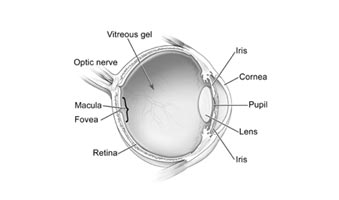
The earliest surgery treatment began in India. It was known as ‘couching’. The sclera was incised. The lens was then dislocated backward into the vitreous and out of the optical axis.This procedure was performed for more than two thousand years until the mid-eighteenth century. Great progress in cataract surgery has been made in recent years with the introduction of micro-surgical instruments, microscope and modern surgical techniques like phaco-emulsification.
In the early stages of cataract development, all that is needed to correct your vision with glasses is a change in prescription. As the cataract develops and begins to affect your lifestyle, it needs to be removed. Cataract surgery, the most commonly performed surgery, is safe and effective in 95% patients with enhancement in vision.
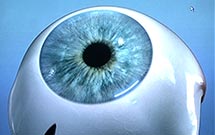
Cataracts are classified as per their morphology (form and structure) and as per their maturity.
The primary function of the bi-convex lens is to refract and focus light on the retina while remaining transparent. This transparency depends on the maintenance of structural (anatomic) & functional (physiologic) integrity. The lens is 66% water,the least hydrated organ of the body. The remaining bulk is composed mainly of protein. It is devoid of any blood supply and derives its nourishment from the surrounding aqueous and vitreous.
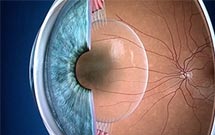
Age-related cataract: The cataract occurs as a result of the natural aging process of lens fibres which become opaque over a period of time.
Steroid-induced cataract This occurs as a result of excess intake of oral steroid or putting steroid drops in the eye. Other cataract inducing drugs: Chlorpromazine, Miotics, Busulphan, Amiodarone, gold
Secondary cataract Here, cataract develops as a result of some other primary ocular disease such as chronic inflammation due to any cause.
Development of cataract It varies from person to person but as a general rule, most cataracts develop slowly over a period of time. A cataract can take months or even years to reach a point where it adversely affects vision.
One may not be aware that a cataract is developing if the size and location of the cloudy areas in the lens are not in the pupillary area. As the cataract progresses, there is deterioration of distant and near vision.

Visual acuity: Checking vision of both eyes unaided, aided with glasses and correlate it to the severity of cataract.
Intra ocular pressure– If intra-ocular pressure increases secondary to cataract as in intumescent cataracts, surgery is needed to prevent further complications.
Slit-lamp examination– To know the type of cataract along with the extent of opacity, morphology or any associated ocular pathology. Direct and indirect ophthalmoscopy: : Fundus examination to rule out any pathology that may limit visual outcomes following surgery, Dense (may prevent retinal evaluation)
A-scan biometry– To calculate the AL and IOL power for implantation. In cases of mature cataract the posterior segment of the eye is evaluated using B-scan USG.
No presently available medical treatment can prevent cataracts or reverse them once they develop.
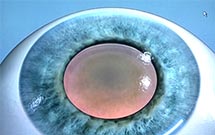
Phaco-emulsification is the latest technology in cataract surgery.
It is the least traumatic form of cataract surgery with early rehabilitation and recuperation. Vision restoration is possible in a short period of time.
During cataract surgery, the natural lens of the eye that has turned opaque is removed, resulting in loss of focusing power of the eye. When the natural lens of the eye is removed an artificial implant is placed in the eye.
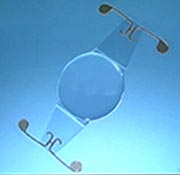
Intra-ocular lenses may be rigid or flexible. The flexible IOLs are made from either Silicone or Acrylic so that they can be folded to allow insertion through a much smaller incision as compared to rigid IOLs. SofPort® AO Lens with Violet shield Technology
Description The new SofPort AO lens with violet shield technology is designed to be aberration free and thus reduces spherical aberration for better vision quality relative to standard spherical IOL’s.
After you inform the doctor about how your cataract affects your vision and your life, you and your doctor can decide about the corrective course of action.
Cataract surgery gives you back the ability to drive, read and continue work. You can also get back to your social activities and hobbies. Risks of cataract surgery : Some of the possible complications are
The assistant will take you to the area where you would be prepared for the surgery. You will change into surgical clothes, cap, etc.
Pre-operative medication will be administered by way of anaesthetic drops, injections or sedatives if necessary. One person will help you to enter the operating room and lie down on the operation table. You will always have somebody by your side to assist and help you during the surgery.
The two eyelids will be carefully cleaned with the anti-bacterial solution and drops will be instilled to clean the eyes and to make the area sterile during the surgical procedure.
An assistant will help you to leave the operation theatre and go to the recovery room where you may rest for some time. After this, the person accompanying you, can take you home to rest.
Good vision is necessary to enjoy your life to its fullest extent!
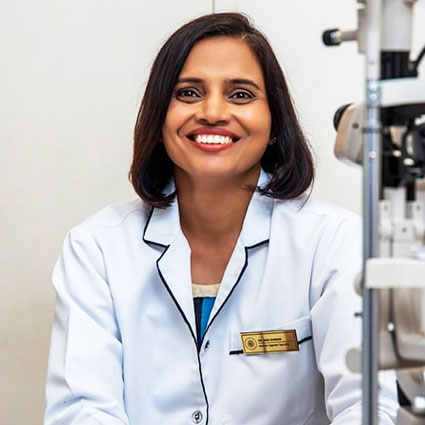
M.B.B.S. , M.S. (Ophth)
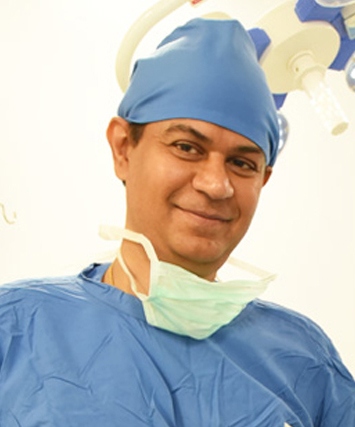
M.S. (Ophth), D.O.M.S (Bom), M.BPresident of Bombay Ophthalmic Association (2012-2013)
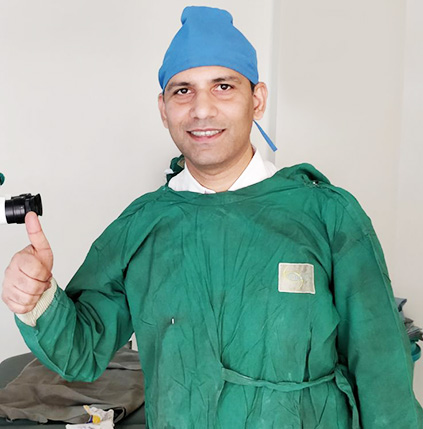
DNB(Ophthalmology) M.B.B.S. FICO (London, UK) FAEH (Cornea)
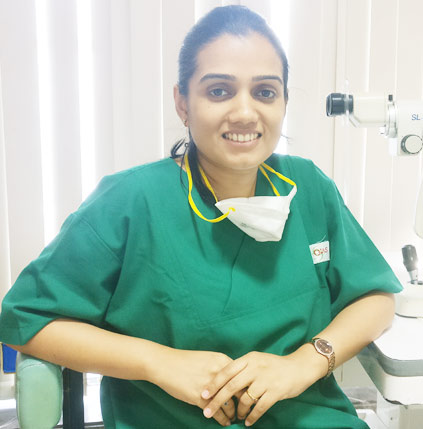
MBBS, MS, DNB ( Ophthal ), FICO, FCRS Cornea and Cataract Specialist
Copyright © 1987-2024 Ojas Eye Hospital All rights reserved | Privacy Policy
*Disclaimer: All information on www.lasikindia.com for informational purposes only and is not intended to be a substitute for professional medical advice, diagnosis, or treatment. Always seek the advice of your physician or other qualified health care provider.